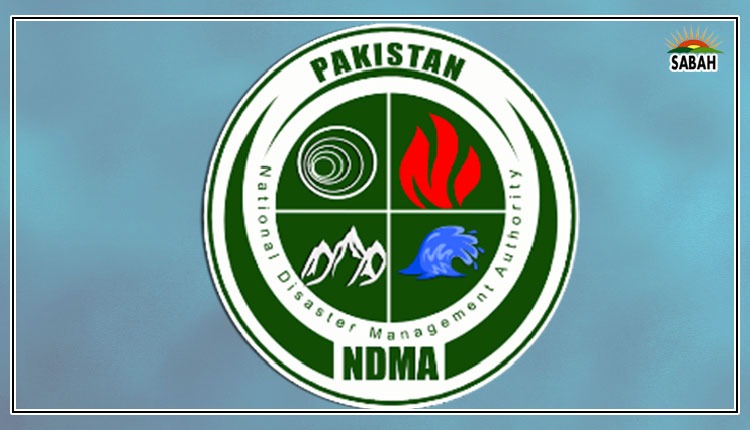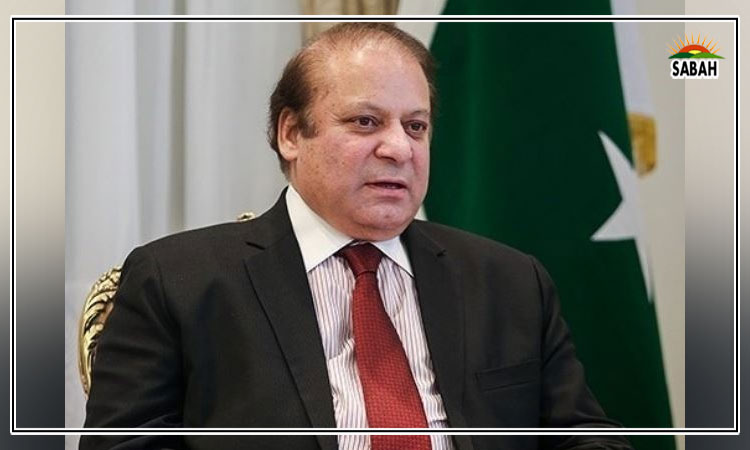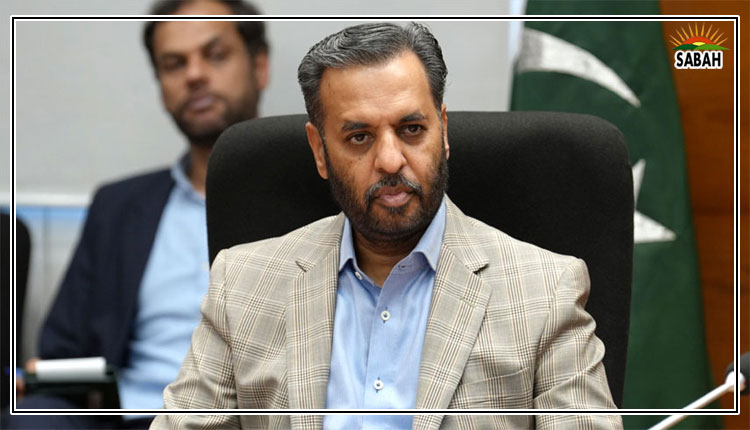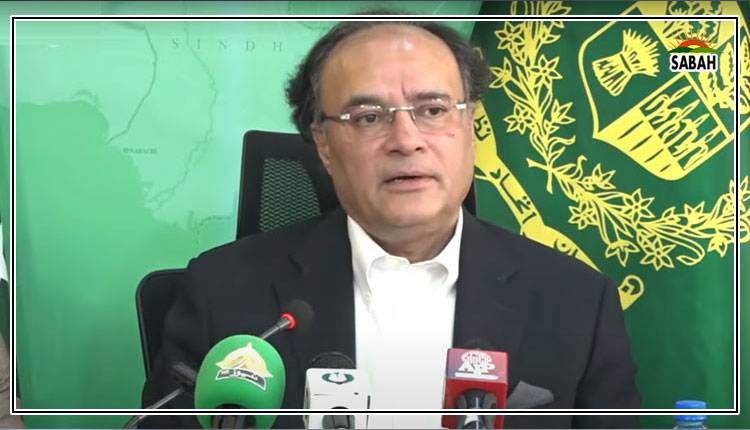A fatal convergence… Faisal Ali Raja
National movements, especially those having strong ethnic undercurrents, often start as a reaction to socio-economic disparity and deprivation. The leaders of these movements try to highlight contentious issues which the state and its institutions want to avoid in one way or another. During the process of narrating these matters repeatedly, the public gets a strong imprint on their minds and starts believing in it. The more it is in consonance with ground realities, the greater traction it gets from the people of locality. Once public starts believing in its veracity, a psychological victory is achieved by the nationalists.
Now if a country is also plaguing with a seriousness of insurgency in one province and a saturation of militancy in another, the elements of armed groups view these national movements through a different prism. Some see it as an anti-state bulwark which can augment their actions against LEAs and paramilitary and military forces. Others co-exist with the activists of these movements, though both have divergent ideologies and strategies, in order to perpetuate their agenda as the nationalists divert the attention of the local forces. Though both work in different dimensions, they have an aura of undeclared coordination and support. At places, where insurgents are smaller in numbers and weaker in strength, they try to garner support of those who are against the government.
The bigger question then arises as to how elements of militancy and nationalists join hands together permanently. The possibility of such a merger often occurs through lack of a coherent strategy of LEAs and on account of inner dispersion of different armed groups. The elements who have traditionally been focused on external enemies suddenly find financial gains in targeting the state and its institutions. The passive or active members of various armed groups look for coordination at tactical level. A group may have religious outlook and disposition but its elements support insurgents at local level. Such cooperation is primarily generated by monetary gains, local conditions and sometimes personal revenge against actions of local forces. It projects a situation where local people, insurgents and other militant groups start complementing each other, consciously or unconsciously, while nationalists appear as legitimate stumbling blocks to the state and its institutions.
In such a scenario, the state and its institutions need to work closely together. The different strands of militancy should be differentiated and each needs to be responded to in a different manner. The state institutions should share monopoly of control over actions in counterterrorism and intelligence. The measures to alleviate socio-economic grievances of public should be addressed at local, provincial and national levels. If the state fails to galvanise its institutions to evolve a counter-narrative against confluence of variegated terror elements, the situation may become untenable in the long run as the external forces see an opportunity to strike the state consistently through such an arrangement.
Courtesy ![]()












